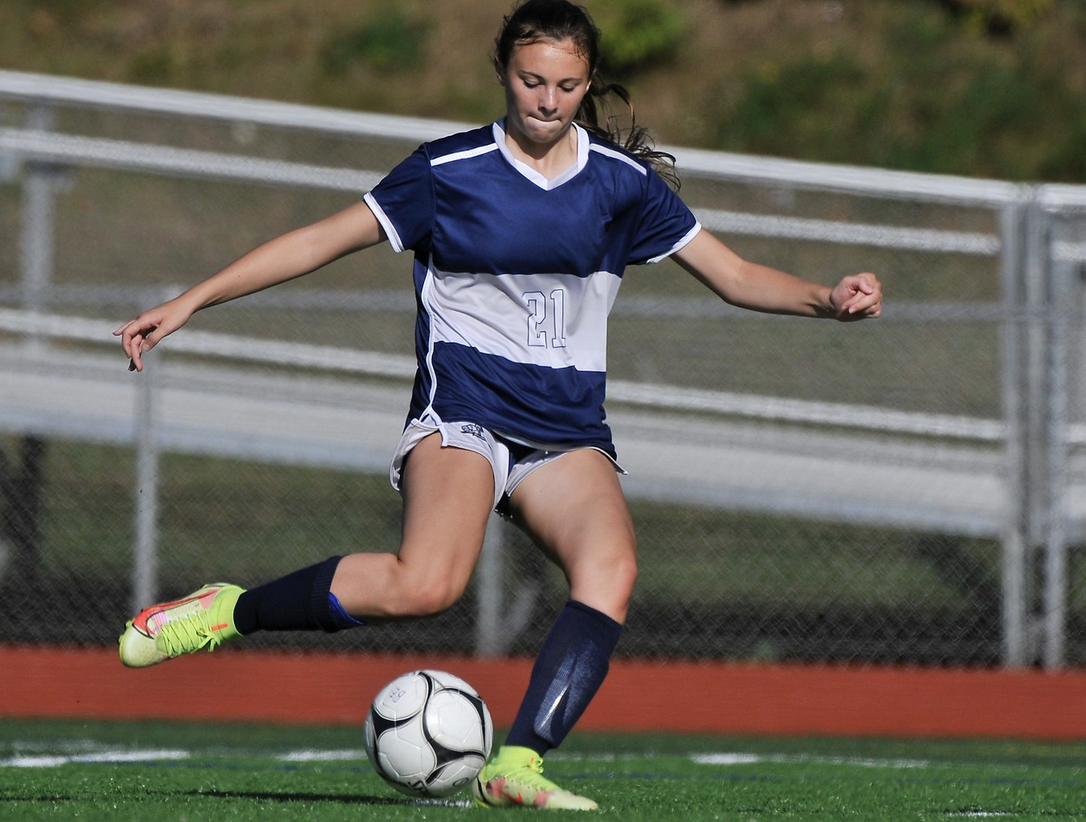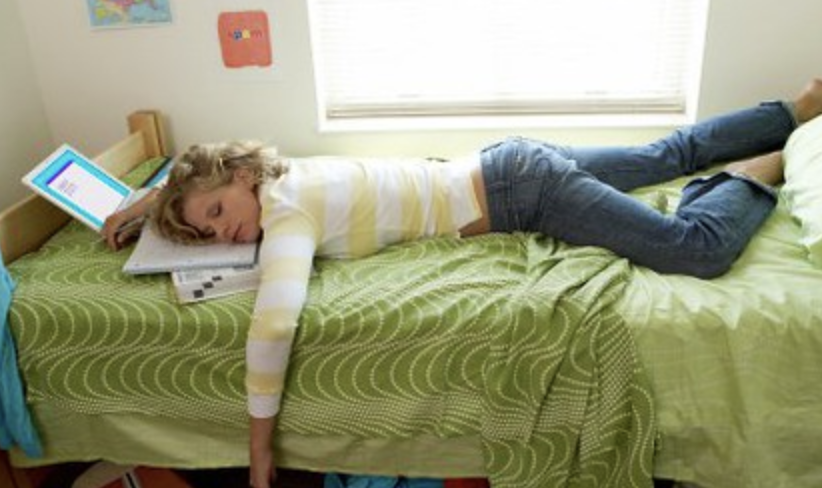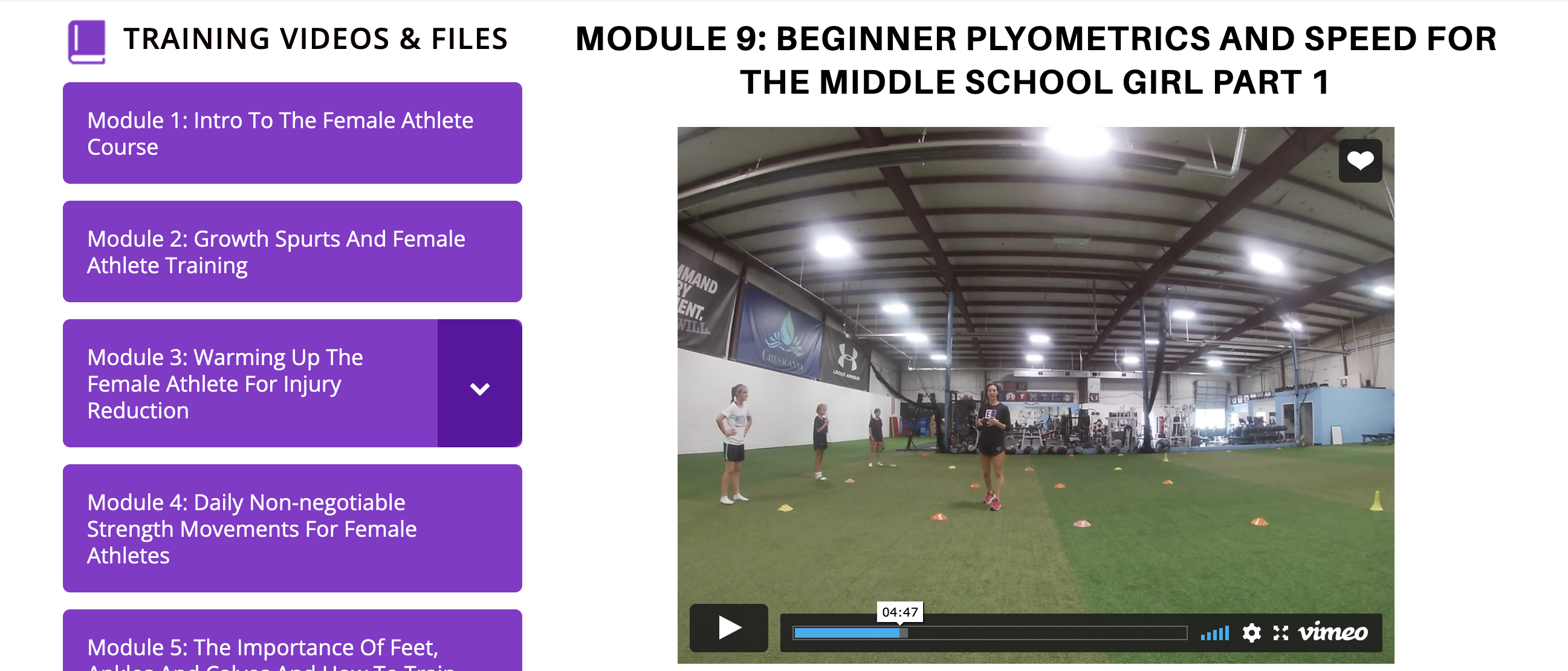
30 Sep You Don’t Get A Badge of Honor Playing Two Sports In Same Season
I’m all for sampling a variety of sports, especially before high school.
Ages 0-13 is the most crucial time in a young female athlete’s life – to build her body, wire her brain, and expose her to a multitude of environments.
Ages 0-13 is the most crucial time in a young female athlete's life - to build her body, wire her brain, and expose her to a multitude of environments. Share on XWhat does sampling do?
First and foremost, it mitigates the overuse problem because female athletes are exposed to new movements that activate different muscle groups. A soccer player, for example, who plays softball in the off-season can give her upper body more love that she would not get in her primary sport. This helps her to build better posture and rotational power that translate to improved speed and agility for soccer. Expounding further, the best part is she does not overuse her lower extremity muscles year-round and can still improve as an overall athlete.

Some professionals would argue that sport sampling can include single sport in addition to resistance training to give variety to a female athlete’s regimen. I agree that resistance training can count as a “secondary sport” because it exposes girls to new planes, new stances, new grips, and new fired muscles, but this setting is too structured, and does not give them the benefits for brain development. When female athletes play multiple sports at a young age, they are pushed to be aware of their bodies in space, respond to new stimuli, and learn new tactics. No weight room setting can give them the spontaneous decision-making that multiple sports provide.
No weight room setting can give them the spontaneous decision-making that multiple sports provide. Share on XThe truth is, both weight training and multiple sports need to be a part of a young female athlete’s life. Weight training allows her muscles, bone and ligaments to handle the high forces in sports, while multiple sports allows her brain to build from new environments.
For the parents who worry their young soccer player is slow to make decisions on the field, instead of enrolling her in rehearsed skills training, how about enrolling her in lacrosse or handball? These sports force her to keep her head up and on a swivel, constantly aware of her surroundings, which give her a more challenging stimulus than her primary sport. For coaches who are concerned their female athletes are tactically unaware of the field, how about having them play a fun and reactive game (dodgeball, handball, pinnie tag) in warmups with no coaching instruction? The female athlete brain craves not only variety, but also autonomy. Adults cannot give all the answers, and specialized training cannot be the norm if we want sharper, more aware young athletes.
It’s Not Always Rainbows
While I’m an advocate for sport sampling, it becomes dangerous when done in the same season. Mind you, it depends on which sports are being played. A girl doing soccer and softball in the Spring will not do much harm since one is lower extremity dominant, while the other is upper extremity dominant. Too, softball does not have as much impact on the ankle and knee joints as soccer does and would be a nice physical ‘break’ for the soccer player. Nervous system overload does need to be considered, however, when looking at how hectic soccer and softball schedules are on top of academic load.
Chronic stress will accumulate if a female athlete is jumping to soccer practice after school, then to a softball game, then scrambling to finish homework, then going to bed on overdrive.
Chronic stress could accumulate if a female athlete is jumping to soccer practice after school, then to a softball game, then scrambling to finish homework, then going to bed on overdrive. Share on XIf sleep is disrupted, then she will be in a chronic state of fatigue, which will weaken her immune system, decrease her focus, and decrease her sport and academic performance.

The biggest catastrophe, however, is doing two sports in the same season that have similar physical actions, such as decelerating, cutting, and changing direction for a high volume of reps. This is too much load on the muscles and joints as these movements put the most amount of force on the body. Some examples include soccer with basketball, soccer with lacrosse, basketball with lacrosse, and field hockey with soccer. Doing these combos is a disaster, and sadly, the most common among female athletes today. I have seen it time and time again when a female athlete is juggling lacrosse and soccer, and they cry for help when they experience knee pain. Adding to the mess, if girls are not physically strong, their muscles are not equipped to handle the accumulation of change of direction, cutting and sprinting forces from these sports.
Personally, I learned this the hard way. When I was in 6th grade, I played lacrosse recreationally during the Summer when I had off from soccer, and it was the ideal set-up. However, as I got into high school, travel lacrosse clubs began to recruit me and ask me to play during the soccer season. Of course, I was bright eyed and allured by being a travel player for two sports, so I signed up without hesitation. During the Spring of my freshman year in high school, I was juggling both travel lacrosse and soccer, and while I thought I was invincible to the copious amounts of load, overuse injury crept in like it always does. And that is the thing: overuse is not as obvious as a fracture or ligament tear, but rather, something that sneaks in gradually, until it is too late. During the season when I played lacrosse and soccer, rushed from one sport practice to the other, and played two to four games in a weekend, I suffered soft tissue damage in my IT band, as well as a stress fracture in my lumbar spine. When the pain began as a dull pain, I brushed it off and continued to push through both sports, which is what many female athletes are pressured to do and end up doing. Looking back, this was the worst decision I made, as my short-term gratification led to a long-term disaster: I was sidelined for six months healing both my soft tissue injury and my stress fracture.
Female athletes should steer far, far away from two similar sports in the same season because the load takes its toll on the muscles and joints, as well as the mind and soul. The stress accumulates when rushing from one practice to the other, while also managing school and friends. Overuse needs to be approached with great caution, and if a female athlete experiences even a meager amount of pain from the load, she should not push through.
Remember, short-term gratification leads to long-term disaster. A female athlete’s sports career is a marathon, so it is never worth it when she is young to push through pain and put her future in jeopardy.
Short-term gratification leads to long-term disaster. A female athlete’s sports career is a marathon, so it is never worth it when she is young to push through pain and put her future in jeopardy. Share on XYou don’t get a badge of honor for playing two sports in the same season.
Solution: do the opposite of the system and your neighbors, take a season off from primary sport to do another sport, and build physical strength in the weight room simultaneously.
I know this sounds hard and people will make every excuse in the book, but when are you going to take action for your female athletes?
Get the TOTAL YOUTH SOCCER FITNESS EBOOK ON SALE FOR JUST $29 HERE
WORK WITH ME IN PERSON OR ONLINE AND BOOK A FREE 15 MINUTE CONSULT HERE

For COACHES OF FEMALE ATHLETES: get a 15 Module video library and in depth Zoom sessions on training the youth female athlete (Zooms begin last Tuesday of the month 12:30pm EST), join my FEMALE ATHLTE FITNESS MENTORSHIP HERE



No Comments